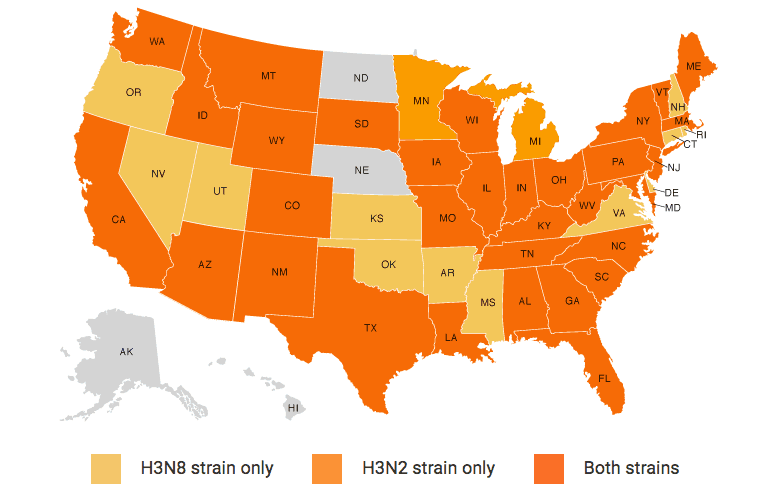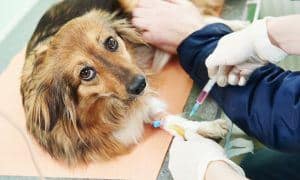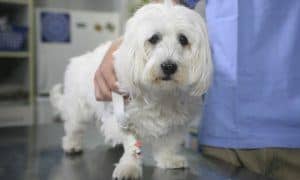“This post contains affiliate links, and I will be compensated if you make a purchase after clicking on my links.”
While many parts of the country are experiencing human flu season, another form of influenza is making it’s way across the states. But, this one is targeting our canine companions. Latest reports confirm the dog flu has reached at least 46 states so far, and continues to spread.

Like the human flu that affects so many each year, the dog flu is highly contagious with the potential to spread very quickly among dogs, especially those that frequently socialize with others at dog parks, daycares, in shelters and boarding facilities.
As of last week, veterinarians in 46 states across the country confirmed cases of either the H3N8 strain, the H3N2 strain, or both.

While the dog flu is generally not life-threatening, like the human flu, it can be dangerous to very young, very old, or infirm dogs and, if left untreated, can lead to more serious complications.
Symptoms of the dog flu are also similar to human flu symptoms – runny nose, watery eyes, sneezing, coughing, appetite and mood changes.
The flu is spread from dog to dog (and sometimes, to cats) much in the same way the human flu is spread – through direct contact, through coughing, sneezing, barking, and through direct contact with contaminated objects and surfaces, etc. Dogs infected may only show symptoms for about two weeks, but will remain contagious for four weeks.
An infected dog’s cough or sneeze can spread the virus up to 20-feet in any direction. While the flu is not contagious to humans, the virus can live for up to 48-hours outside of a host, on surfaces including human clothing, floors, bedding, sidewalks, and any areas where an infected dog has had access.
If you’re living in an area where the dog flu has been confirmed, keep your dogs on leash and away from other dogs. Avoid dog parks, kennels, and doggie day care centers where dogs are in close proximity to one another or sharing toys and play surfaces.
Dogs found to be infected with the flu virus are, like humans, treated symptomatically. It’s important to make sure your dog stays well hydrated and well nourished during recovery to avoid further complications.
If you suspect your dog may have the flu, contact your veterinarian for advice. Be sure to call prior to visiting the clinic in order to decrease the chances of spreading the virus to other animals.


















